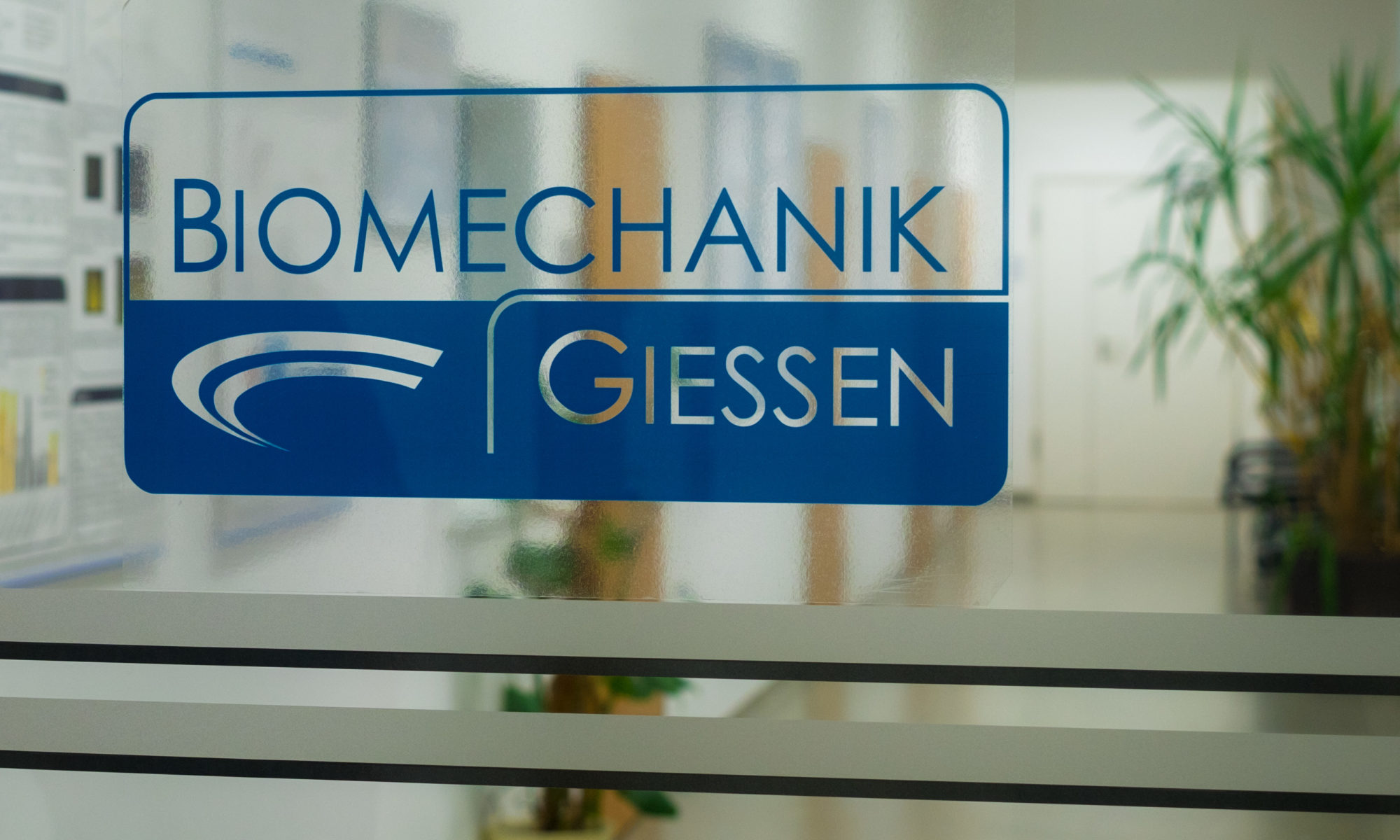Fonseca Ulloa CA 1 , Seeger A 2 , Hagedorn FS 3 , Harz T 2 , Fölsch C 4 , Ishaque BA 4 , Rickert M 4 , Jahnke A 2
Med Eng Phys. 2023 Jan:111:103932.doi: 10.1016/j.medengphy.2022.103932. Epub 2022 Dec 1.
- Laboratory of Biomechanics, Justus-Liebig-University Giessen, Klinikstrasse. 29, 35392 Giessen, Germany. Electronic address: Carlos.A.Fonseca-ulloa@med.uni-giessen.de.
- Laboratory of Biomechanics, Justus-Liebig-University Giessen, Klinikstrasse. 29, 35392 Giessen, Germany.
- Department of Pathology, University Hospital Giessen and Marburg (UKGM), Langhansstrasse, 10, 35392 Giessen, Germany.
- Laboratory of Biomechanics, Justus-Liebig-University Giessen, Klinikstrasse. 29, 35392 Giessen, Germany; Department of Orthopaedics and Orthopaedic Surgery, University Hospital Giessen and Marburg (UKGM), Klinikstrasse 33, 35392 Giessen, Germany.
Abtract
Aseptic loosening is a frequent cause for revision of endoprosthesis. X-ray examinations like Radio-Stereometry-Analysis (RSA) are among the most widely used in vivo methods for its detection. Nevertheless, this method is not used routinely because of bone marker and related radiation exposure. This work aims at creating a new in vivo concept to detect implant stability measuring micromotions without x-ray and to develop a corresponding algorithm. Based on the assumption of contactless measurement, the input parameters for the algorithm are the distances of each ultrasound sensor to the object (prosthesis and bone) and its position. First, the number of parameters necessary for a precise reconstruction and measurement of micromotions between objects had to be defined. Therefore, the algorithm has been tested with simulations of these parameters. Two experimental measurements, either using contact sensors or ultrasound, were used to prove the accuracy of the algorithm. Simulations indicate a high accuracy with three distances as initial parameters for each object. Contact measurements show precise representation of micromotion, and the contactless measurements show the possibility of detecting various materials with a high resolution. This work lays the foundations for non-invasive detection of micromotions between the implant-bone interface.
Keywords: Biomechanics; Computational model; Data acquisition; Endoprosthesis; Primary and secondary stability; Ultrasound.
